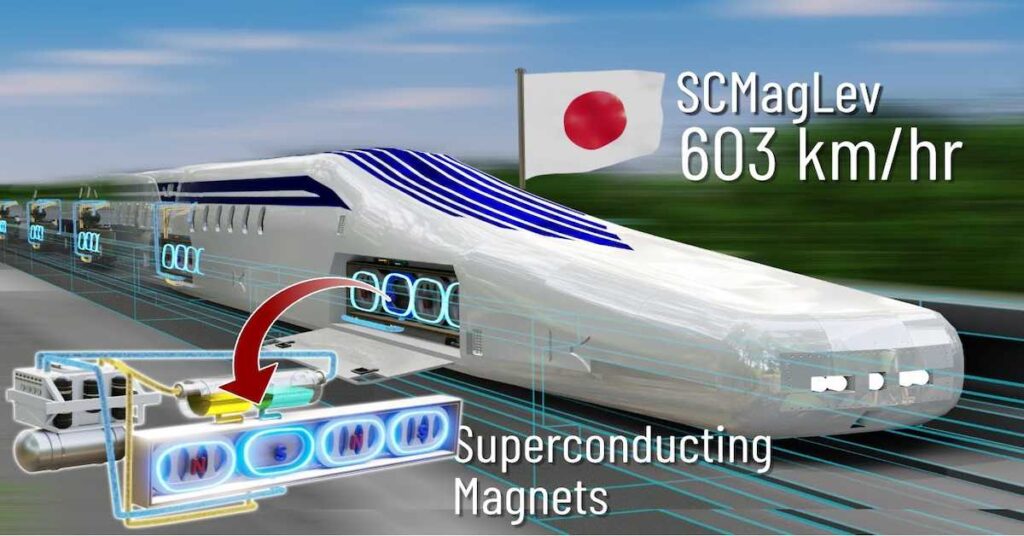
直線中央新幹線:「高溫超導磁鐵」的實現
-日本成功消除液態氦
– JR東海商業線穩定運行
我們將為您提供在 News Switch 上發表的文章摘要。

JR Tokai:
This time, we have developed a high-temperature superconducting magnet that does not use liquid helium.
1. The coils of this high-temperature superconducting magnet can be cooled using a general refrigerator.
2. It generates a strong magnetic force that lifts the Shinkansen car body.
Test run with “high-temperature superconducting magnet”:
JR Tokai will conduct a test drive for a distance equivalent to the one-year inspection cycle.
Liquid helium dependent on imports:
JR Central used ‘liquid helium’ in its conventional superconducting magnets.
Japan relies entirely on imports of liquid helium from overseas. This affects stable operation.
Helium price hike:
Currently, 1kg of helium costs 14,000 yen. This is 20% higher than in 2022.
By using high-temperature superconducting magnets, the risk of helium procurement can be avoided.
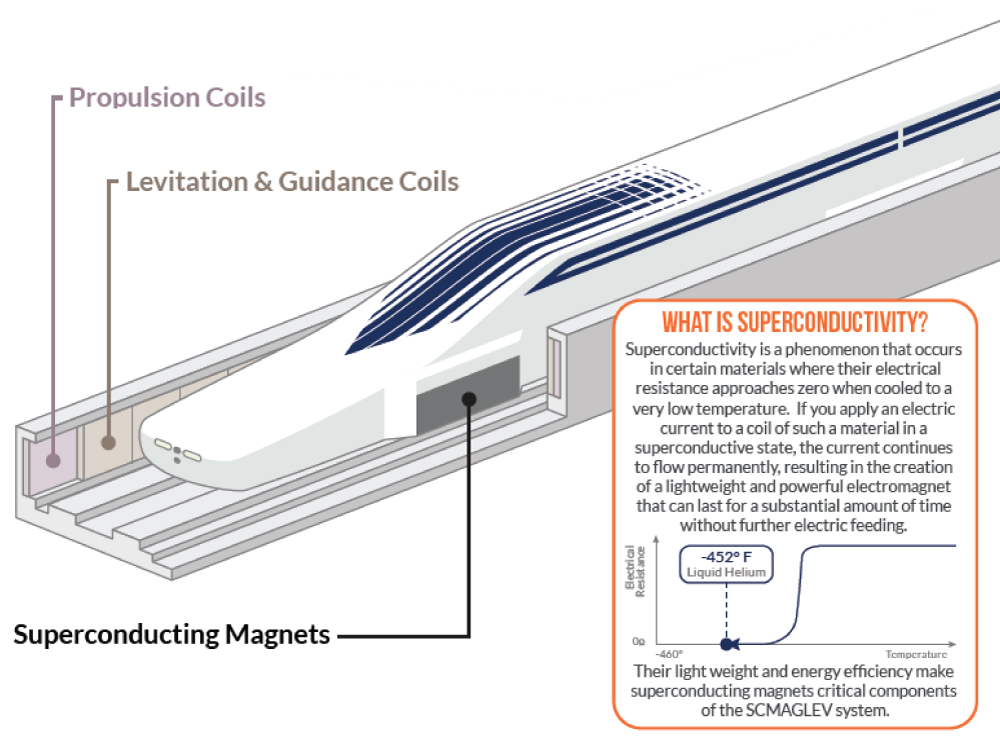
Role of superconducting magnet:
Superconducting magnets are an important component that plays the role of wheels in conventional railways.
1. Cool to reduce electrical resistance to zero.
2. Uses superconductivity to flow large currents.
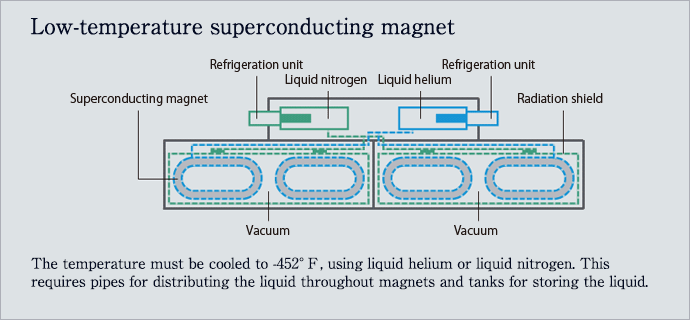
Conventional ‘low temperature superconducting magnet’:
The coil through which the current flows is cooled to below -269 degrees Celsius. For this purpose, liquid helium is used.
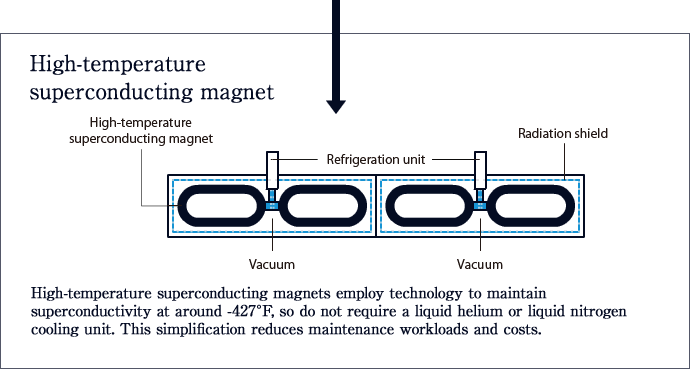
This time’s ‘high temperature superconducting magnet’:
The cooling temperature may be -255 degrees C or less. Therefore, cooling with a refrigerator is OK.
The coil material was changed from the conventional niobium titanium alloy to bismuth-based copper oxide.
JR Tokai test results:
1. We have also overcome the phenomenon of quenching, where the magnetic force suddenly decreases.
2. JR Tokai has a track record of conducting long-term driving tests since 2005.
This means that high-temperature superconducting magnets can be operated at the commercial operation level.
Further, there is an advantage that the structure is simple. There’s no need for helium tanks or complicated piping.

Advantages of high temperature superconducting magnets
1. The structure uses a refrigerator to directly cool the coil, reducing costs.
2. No need for liquid helium maintenance work (occurs during inspection cycles).
Furthermore, the effect of reducing power consumption can be expected.
Power consumption of linear Shinkansen:
3. It is assumed that Maglev operates 5 trains per hour between Tokyo and Nagoya.
4. At peak times, it consumes 270,000 kW of electricity.
By introducing high-temperature superconducting magnets, power consumption can be reduced by 10%.
Commercial realization of high-temperature superconducting magnets:
After verifying operational stability, we will decide whether to install it on commercial lines.
There are still no practical examples of high-temperature superconducting magnets in industry around the world.
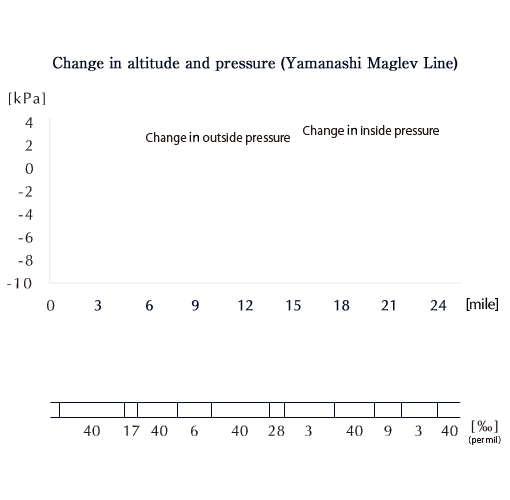
Comfort of the Linear Chuo Shinkansen:
In 2017, JR Tokai completed the technological development necessary for commercial lines.
Currently, he is refining his smartphone connection technology.
Can you connect to the internet in the car?
The Linear Shinkansen runs between Tokyo and Nagoya in 40 minutes. Traveling at 500km/h.
1. I want to use my smartphone in the car.
2. It is not easy to allow hundreds of people to connect to the Internet at the same time.
Switching communication connections with wireless base stations becomes an issue.

Sophistication of linear rolling stock maintenance:
The company is also exploring the use of ICT to maintain linear rolling stock.
Use of AI image analysis:
For maglev trains, the levitation magnetic force decreases at 150 km/h.
We are working to establish a method to check for scratches and wear on landing tires.